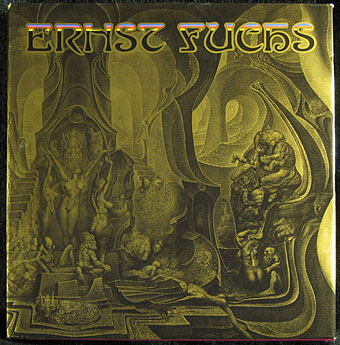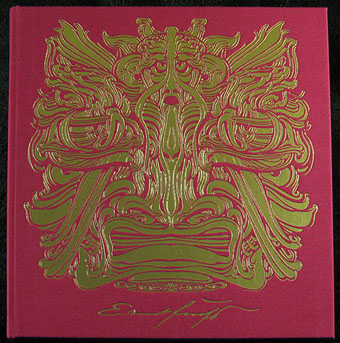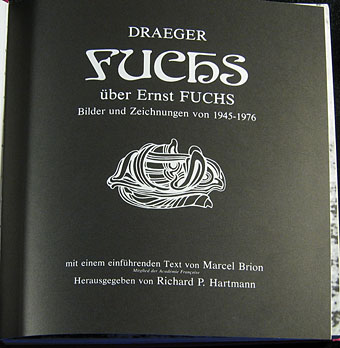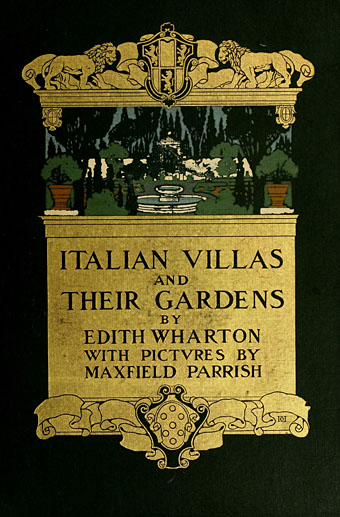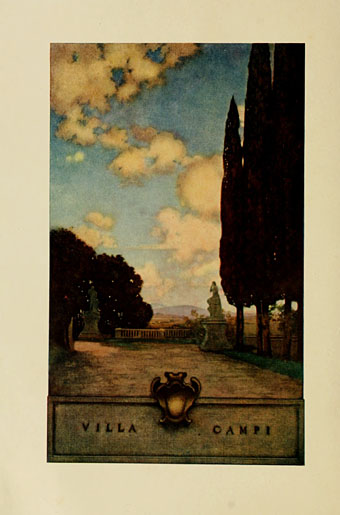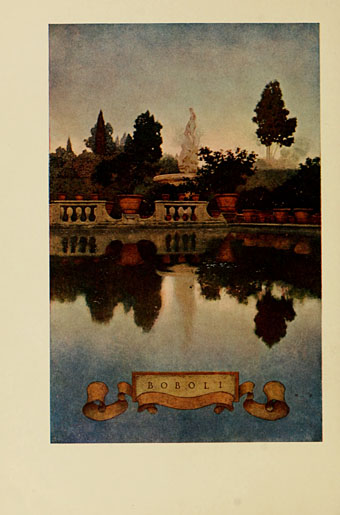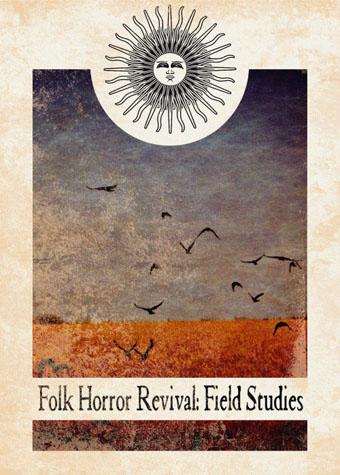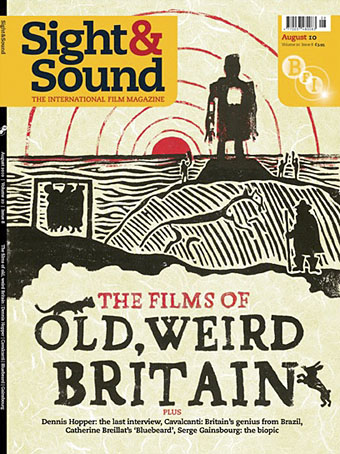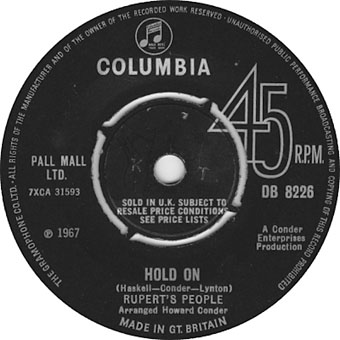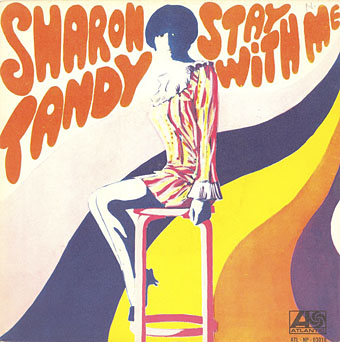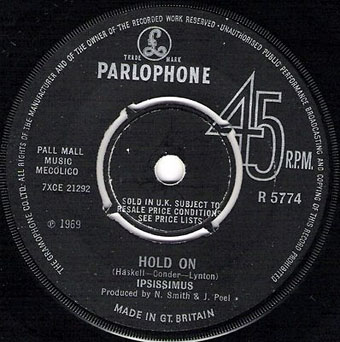I try to avoid buying even more big art books when I already have shelves groaning under the weight of the things but this one was unavoidable. I’d been after Draeger’s Ernst Fuchs (1977) for some time but whenever I went searching for a copy all the available ones were prohibitively expensive. The news of Fuchs’ death earlier this month prompted a new search which revealed a copy that was astonishingly cheap: £17.50 (!) for a large, heavy and very lavish art book that’s been out of print for years. Even with the postage this was still a remarkable bargain.
After taking delivery of it today I’m even more surprised since the book is better than expected, with heavy paper throughout and numerous colour plates. The text is in German, of course, but that’s not a problem when there are so many beautiful reproductions of favourite pictures. An exceptional production with a dust jacket of deep metallic gold beneath which you find a Fuchs design blocked onto the boards, front and back.
Something I realised looking through the pages is that this is yet another of the art books that provided pictures for the early issues of Omni magazine. Mati Klarwein’s God Jokes was published in 1976; Giger’s Necronomicon had its first English edition in 1977, the same year as the Fuchs book; Bob Venosa‘s Manas Manna appeared in 1978; Omni showcased work by all these artists and others like them, and was the first place where I and many other readers would have seen their paintings. One of the pictures in this Fuchs collection appeared on the cover of Omni #6 in March, 1979. The 1970s was, among other things, a great period for this type of fantastic art.

